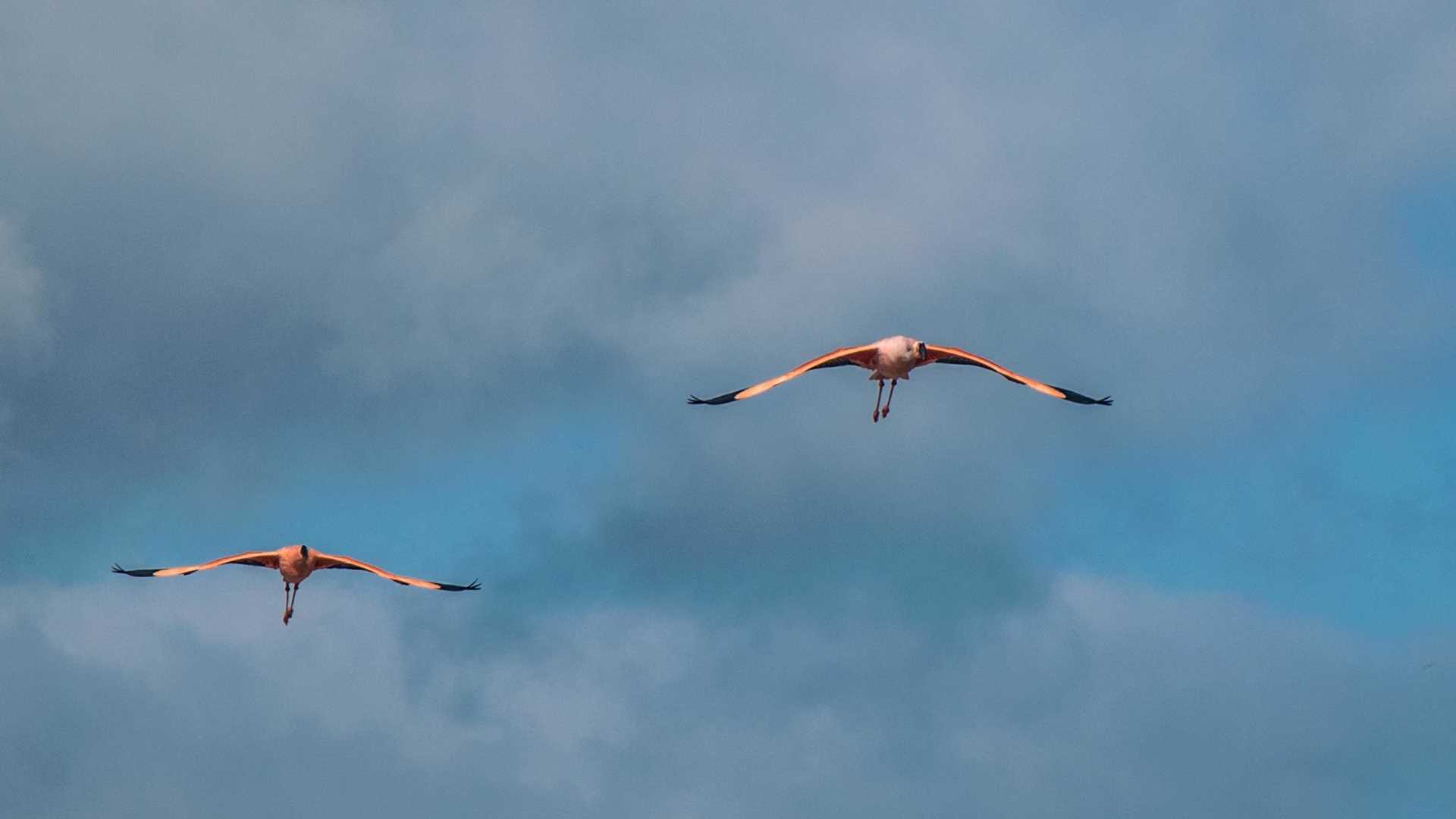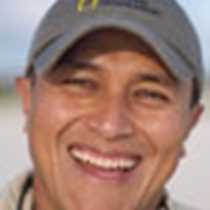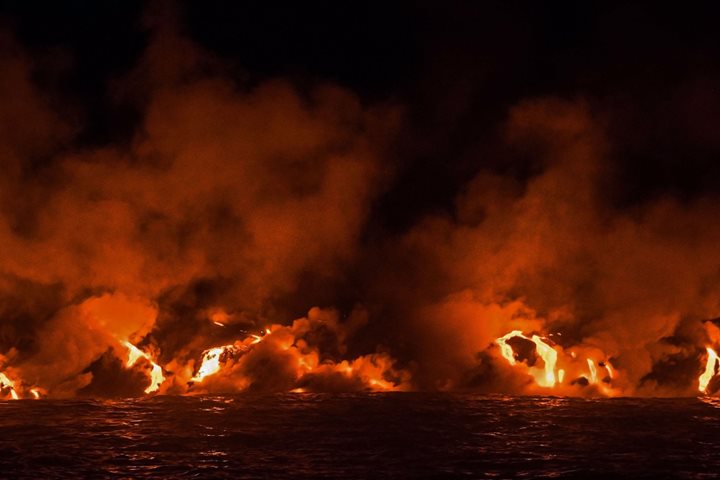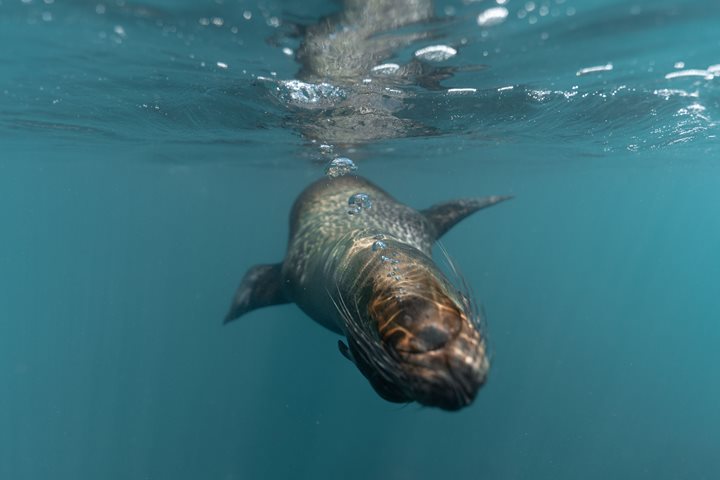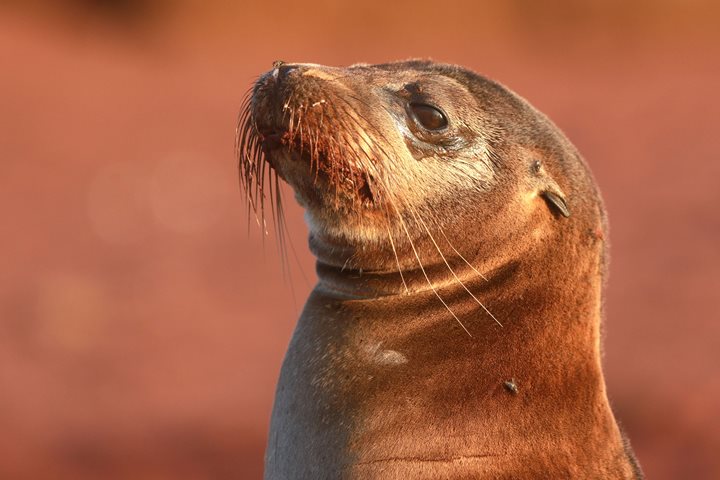Today we visited Floreana Island, a place where nature and human history combine amazingly. We started our day by visiting Punta Cormorant. Here we explored two different beaches, one with green sand and the other with white sand. Along the trails we spotted blue footed boobies and the Galapagos flamingos, which can only be found in a small number of brackish lagoons around the archipelago. We then came back for breakfast, and afterwards went out for a Zodiac ride along the cliffs of Champion Islet. This small islet is home to one of the few surviving populations of the Floreana mockingbird, a critically endangered bird which we were lucky to spot. To complete our morning, we snorkeled around Champion, where we had the privilege of swimming with a group of young sea lions. In the afternoon, we had a lecture about the human history of the Galapagos, as a preparation for our next outing to the Post Office Bay, a historical site that holds an old tradition of leaving letters that are collected by other visitors and hand delivered when they get back home. We ended our day watching an astonishing sunset while enjoying a glass of wine on the upper deck of our home for this week, the National Geographic Islander.
- Daily Expedition Reports
- 27 Mar 2018
Floreana Island, 3/27/2018, National Geographic Islander
- Aboard the National Geographic Islander
- Galápagos
José Guerrero, Naturalist/Certified Photo Instructor
José Guerrero Vela is an Ecuadorian permanent resident of the Galapagos. His mother was born in the islands and his grandfather was one of the first generation of teachers in the Galapagos, which has always inspired him to promote education as the ma...
Read MoreShare Report
Related Reports
11/23/2022
Read
National Geographic Islander II
Isabela and Fernandina
Our day began with the chance to point out a lot of interesting geological features as we enjoyed Zodiac tours along a massive flank of Ecuador Volcano on Punta Vicente Roca. In the afternoon, we took a sunny walk on Punta Espinoza on Fernandina Island. We spotted many iguanas, and a bunch of sea lions hanging around, too.
11/22/2022
Read
National Geographic Islander II
North Seymour & Rabida Islands
Relatively small and low compared to neighboring Santa Cruz, North Seymour is located to the north of Baltra. The island is dry with predominantly low shrubs, like prickly pear cacti. The incense trees are bare during the dry season. Seabirds like frigatebirds and blue-footed boobies nest on the island, and sea lions rest on the sand when they are not fishing. Land and marine iguanas also live here. Rabida is in the middle of the archipelago and has a striking red sand beach. We observed a small colony of sea lions of all ages resting or nursing. Behind the beach, American flamingos nest in a brackish lagoon. This island is full of contrasts and wildlife that we enjoyed observing during this day of expedition.

